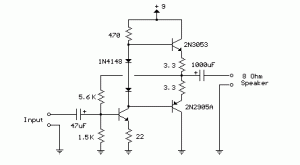FPF270X Over Current Protection

Using the FPF270X adjustable over-current protection IC can be designed a very simple adjustable current-limiting electronic project .FPF270X provide full protection to systems and loads from excess current conditions.Minimum current limit is adjustable from 0.4A to 2.0A.The input voltage range is 2.8V to 36V. Loads can be activated or deactivated with a low-voltage logic compatible ON pin. Fault conditions can be monitored using the error flag pin and/or the power-good pin. All devices clamp the load current so that it cannot exceed an externally programmed current level. An over temperature feature provides further device protection in case of excessive levels of power dissipation. FPF2700 responds to an overload condition that lasts longer than a fixed blanking period by turning off the load, followed by a retry after the auto-restart time.The FPF270X has an adjustable 0.4A to 2.0A minimum current limit set through an external resistor, RSET, connected between ISET and GND.A 4.7 F t...






















